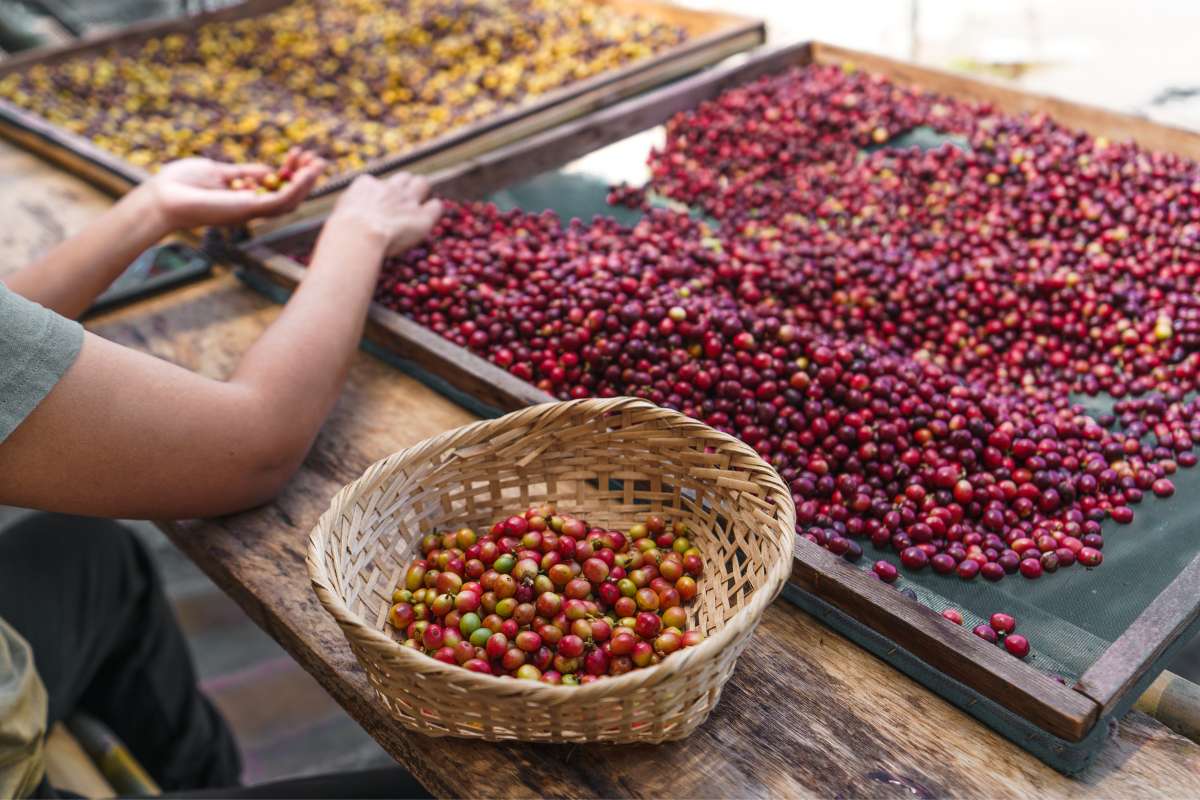Last Updated on December 17, 2023
We’re going to take you on a tour of exotic coffee beans from around the world.
These gems, some of them quite rare, are cultivated in far corners of the globe and bring a diverse array of tastes and aromas that you won’t find in your everyday cup of joe.
They hail from the volcanic slopes of Guatemala, the rich and fertile grounds of Jamaica, and the high-altitude realms of Ethiopia, among other places. Each bean’s distinct flavor arises from its geographical origin, processing methods, and cultivation techniques.
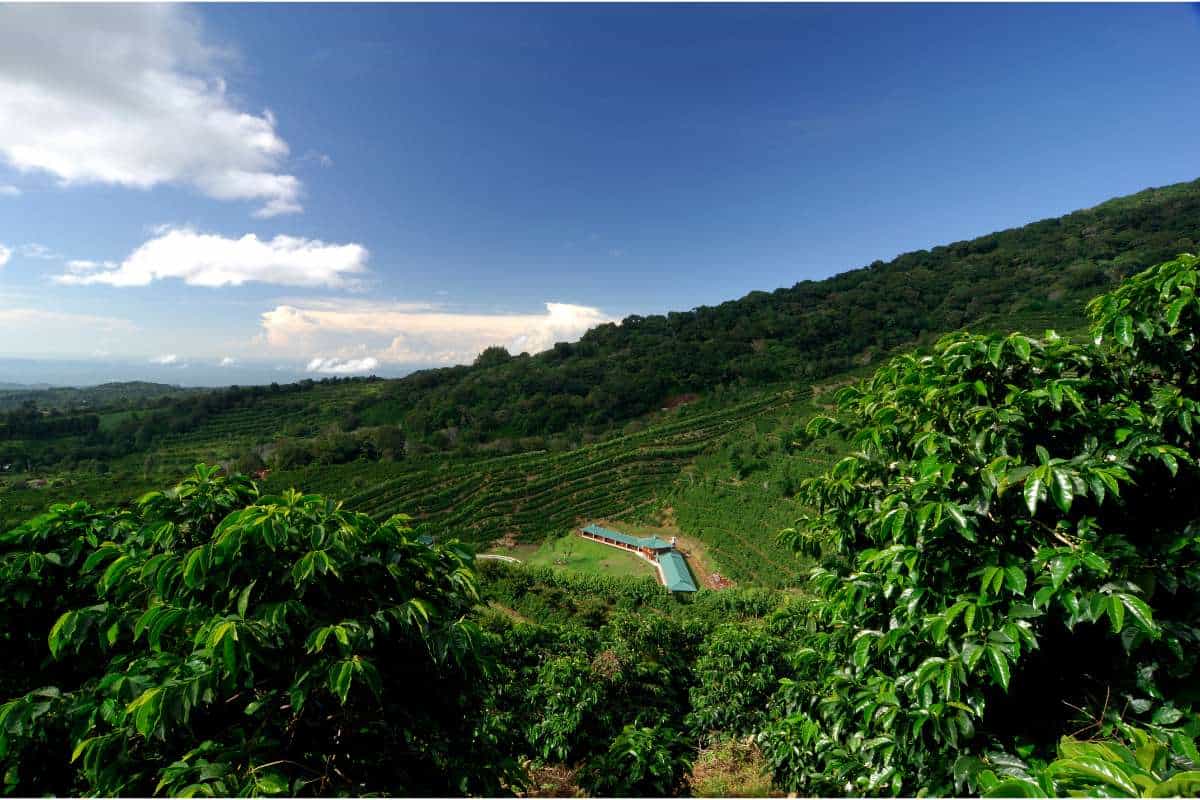
Cultivation of exotic beans frequently involves navigating challenging landscapes and utilizing traditional farming methods. As a result, these beans often come in limited quantities and small batches, which increases their allure and appeal among avid coffee aficionados.
Try some, and you’ll develop a deeper appreciation for the labor and artistry that goes into your morning brew.
What Makes a Coffee Bean ‘Exotic’?
Exotic coffees are typically defined by unique flavors, relative scarcity, and the remote regions from which they originate. To give a few examples, coffee hunters traveling the world have discovered the Ethiopian Geisha bean, the Panama Hacienda La Esmeralda, and the St. Helena Coffee:
- Ethiopian Geisha: This heirloom variety hails from the forests of Ethiopia and is known for its delicate, floral, and tea-like characteristics.
- Panama Hacienda La Esmeralda: Grown in the highlands of Panama, this bean is celebrated for its jasmine-like aroma and unique fruity notes. It often fetches top prices at coffee auctions.
- St. Helena Coffee: This rare bean is cultivated on the remote island of St. Helena in the South Atlantic. It’s famous for its wine-like flavor profile and connection to Napoleon Bonaparte, who enjoyed it during his exile.
Exotic Coffee Beans by Country
Brazil
Brazil is the world’s largest coffee producer, known for its vast variety of beans. The most famous region is Santos in the state of São Paulo, where the coffee is known for its balanced flavor and mild body.
Bourbon coffee grows there, and also in the neighboring states of Parana and Minas Gerais. It has nothing to do with whiskey—it’s named after the Bourbon variety of the Arabica coffee plant. Bourbon’s complex flavor notes can include hints of chocolate, caramel, and fruit.
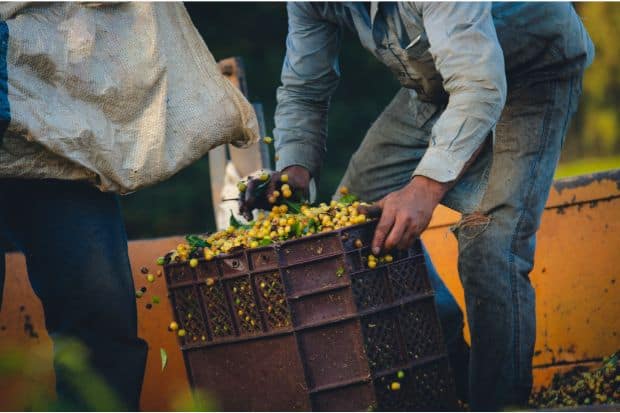
You can also find Maragogype coffee from Brazil. It’s known as “elephant bean” coffee because the beans are huge, much larger than the standard Arabica coffee bean. This unique variety of coffee is also grown in other parts of Central and South America.
Maragogype is known for its mild, sweet flavor profile, which can include notes of chocolate, fruit, and nuts. It is often described as having a low acidity and a smooth, velvety mouthfeel.
Costa Rica
Costa Rican coffee tends to have high acidity and bright flavors. The Tarrazú region is especially famous for its complex, fruity beans. Other notable regions include the West Valley and the Central Valley, each of which produces distinct coffees with their own characteristics.
El Salvador
El Salvador’s volcanic soil and perfect climate contribute to the production of high-quality Bourbon and Pacas varieties that offer bright acidity and a smooth, sweet finish.
Notable regions for El Salvadorian coffee include the Apaneca Llamatepec and Tecapa Chinameca.
Pacamara coffee is a unique and highly sought-after variety that was created by crossing two other coffee varieties: the Pacas and the Maragogype.
Like Maragogype, Pacamara coffee is known for big beans and a complex flavor profile which can include notes of chocolate, citrus, and floral undertones. The coffee is often described as having a bright acidity and a smooth, creamy mouthfeel.
Ethiopia
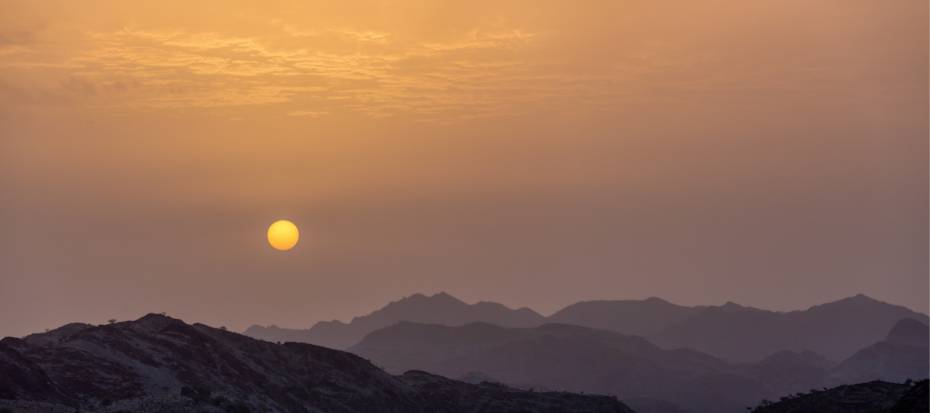
Ethiopia is the birthplace of coffee and its coffees are highly sought after for their unique flavors. Yirgacheffe and Sidamo are two popular varieties known for their bright acidity, floral notes, and fruity undertones.
In addition to these regions, the Harrar region is notable for producing beans with a distinct wine-like character.
Guatemala
Guatemala’s diverse climate and volcanic soil make for ideal coffee cultivation. Antigua is perhaps the most well-known region, producing beans with balanced body, bright acidity, and complex flavors.
Other notable Guatemalan coffee regions include the Huehuetenango and Cobán. Cobán, grown at high altitudes, typically has a bright acidity, with notes of chocolate, fruit, and nuts.
India
India offers Monsooned Malabar coffee, with a unique flavor that can be credited to monsoon winds. The beans are exposed to the wind and rain for several months, which causes them to swell and lose their acidity. This process imparts a flavor often described as earthy and spicy, with a hint of sweetness. The coffee is also known for low acidity and a full-bodied mouthfeel.
The Mysore region also produces some unique coffee, influenced not only by the climate, altitude, and soil, but also the beans’ processing method. They are washed and then sun-dried on raised beds. This gives the coffee a distinct aroma, often described as floral and spicy.
India’s Bababudangiri and Araku Valley regions are also well-regarded for high-quality beans.
Indonesia
Indonesia’s coffee beans are particularly known for earthy flavors and full body. Sumatra is the most famous island for coffee production, particularly the Mandheling and Lintong varieties.
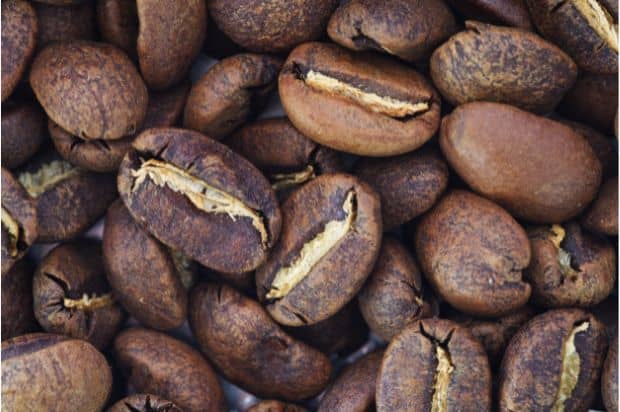
Other notable Indonesian beans include Java and Sulawesi, each with their own distinct characteristics.
Toarco Toraja coffee is a unique variety of Sulawesi coffee grown in the Toraja region. It’s a hybrid that was created by crossing the Arabica and Robusta coffee plants. It often exhibits notes of dark chocolate, cedar, spices, and sometimes hints of fruit, such as ripe berries or tropical fruit.
Traditional Sulawesi coffee processing involves “wet-hulling” or giling basah in Indonesian. This method removes the outer skin and pulp of the coffee cherries while retaining a high moisture content in the beans, which are then dried.
Jamaica
Jamaica’s Blue Mountain coffee is one of the most sought-after and expensive beans in the world. Known for their mild flavor, bright acidity, and silky-smooth body, the beans are of course grown in the Blue Mountains of Jamaica. The region’s cool, misty climate, fertile volcanic soil, and well-distributed rainfall create ideal conditions for cultivating high-quality coffee beans.
The Coffee Industry Board of Jamaica (CIB) regulates and monitors the production of Blue Mountain coffee, ensuring that only the highest quality beans receive the prestigious certification. Beans are handpicked and carefully inspected for quality, size, and appearance before being labeled as Jamaica Blue Mountain coffee.
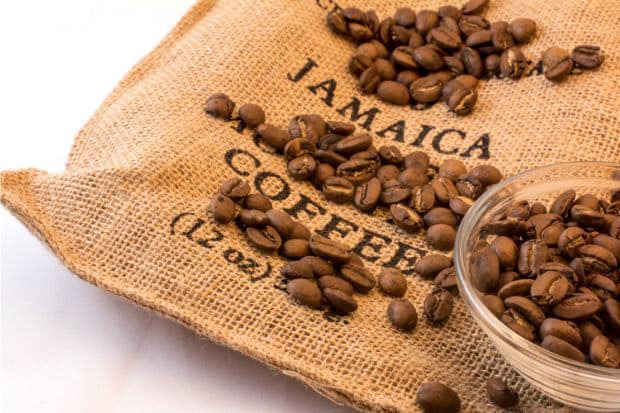
Jamaica Blue Mountain coffee often exhibits delicate notes of chocolate, nuts, and fruit, such as berries or tropical fruit.
Blue Mountain coffee is produced in limited quantities due to the small growing region and the strict quality control measures in place. Its rarity, coupled with high demand, has led to premium pricing and a reputation for exclusivity.
Japan
While not a major coffee producer, Japan’s micro lot beans are gaining attention for their unique flavor profiles. The Hoshitaka region in particular is known for its beans with fruity and floral notes, reminiscent of cherry blossoms.
Tokunoshima coffee is a relatively rare and lesser-known coffee variety originating from Tokunoshima Island in Kagoshima Prefecture. It generally exhibits a mild and smooth taste, with a well-balanced acidity and sweetness. Some Tokunoshima coffee may have subtle fruity or floral notes, though it may not be as pronounced as in other renowned coffee varieties.
Coffee plants on the island are typically grown at lower altitudes compared to other renowned coffee-growing regions. This creates a different environment for bean development, affecting the flavor profile.
And then there’s Sumiyaki coffee.
Sumiyaki refers not to a bean or a region, but to a specific made-in-Japan roasting method. The term sumiyaki means “charcoal roasted” in Japanese, and sumiyaki coffee is made by roasting coffee beans over white charcoal known as binchotan in Japanese. Binchotan is a type of high-quality charcoal made from ubame oak, and it burns at a lower temperature than other types of charcoal, producing less smoke and odor. This allows for a more even and controlled roasting process, which can bring out the nuances of the coffee beans’ flavors.
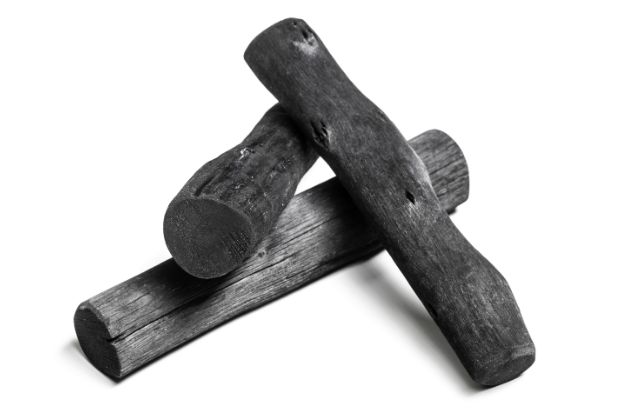
The coffee is often described as having a mild taste, with a well-rounded body, and a pleasant, slightly smoky aroma. The slow and gentle roasting over binchotan charcoal can also help preserve the beans’ natural sweetness and reduce bitterness.
Sumiyaki coffee can be made from beans of different origins, so the characteristics of the beans themselves will vary depending on the source.
Sumiyaki coffee roasting is a traditional Japanese method that has been practiced for centuries. The technique is labor-intensive, requiring skill and experience to ensure even roasting and prevent the beans from burning.
You gotta love Japanese coffee culture.
Kenya
Kenya AA coffee is known for its bright acidity, full body, and complex flavor profile. The coffee often exhibits fruity notes, such as blackcurrant, citrus, or berry, accompanied by a wine-like or sometimes even a savory quality. It may also have floral and sweet undertones, along with a pleasant, lingering aftertaste.
The “AA” refers to the bean size, which is the largest and considered the highest quality in the Kenyan coffee grading system. Larger beans are believed to contain more essential oils and flavor compounds, which can result in a richer, more nuanced cup of coffee.
Notable Kenyan coffee regions include Nyeri, Kirinyaga, and Kiambu.
Panama
Panama is best known for its Geisha beans.
The Geisha coffee plant is an ancient Ethiopian heirloom variety that was brought to Panama in the 1960s. The plant is characterized by its elongated beans and unique flavor profile, which sets it apart from other coffee varieties.
Panama Geisha coffee is primarily grown in the high-altitude regions of Panama, particularly in the Boquete and Volcán regions. These areas have a favorable microclimate, with volcanic soil, cool temperatures, and abundant rainfall, which contribute to the development of the coffee’s unique flavor characteristics.
Panama Geisha coffee’s flavor profile is often described as delicate, floral, and tea-like. The coffee exhibits bright acidity, a light-to-medium body, and complex flavors that may include jasmine, bergamot, tropical fruit, and stone fruit, among others. Its clean and refined taste, along with its distinctive aromatic qualities, make it a favorite among coffee connoisseurs.
Puerto Rico
Although a small coffee-producing country, Puerto Rico has gained respect from coffee connoisseurs for its coffee from the mountainous Yauco region. Yauco Selecto AA coffee often exhibits notes of chocolate, nuts, and caramel, with a hint of fruitiness. Its smooth and rich taste, along with a pleasant aftertaste, makes it a favorite among coffee enthusiasts.
Yemen
Yemen’s ancient and traditional coffee cultivation methods give its beans a unique, wine-like flavor. The most famous beans come from the Mokha region. The port city of Mokha was a major coffee trading hub from the 15th to 18th centuries. Yemen was among the first countries to cultivate and trade coffee, giving Mokha coffee a deep-rooted historical significance in the coffee world.
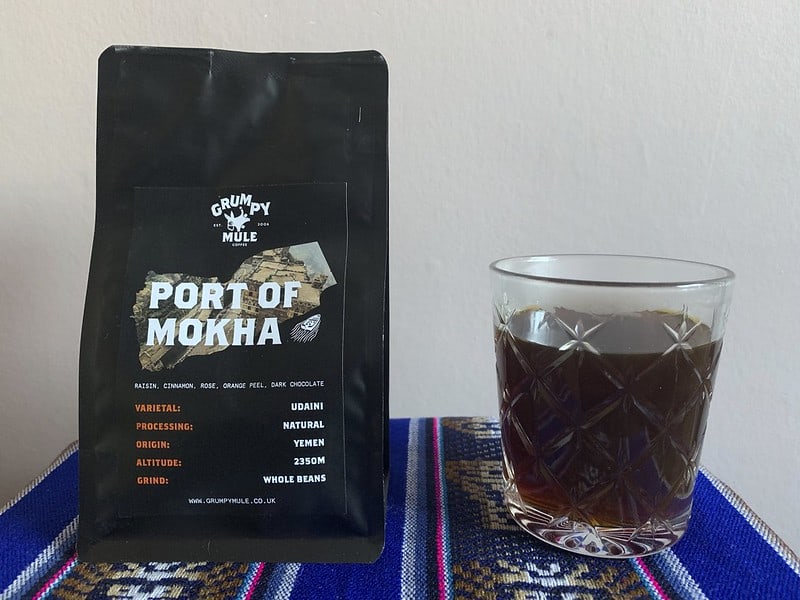
The coffee is grown in a mountainous region at high elevations, particularly in areas like Haraz and Bani Matar. The terraced farms, ancient irrigation systems, and mineral-rich soil create a unique environment for coffee cultivation. The harsh climate, with scarce rainfall and dry conditions, also contributes to the coffee’s distinct flavor profile.
Other notable Yemeni coffee regions include Sabri Mokhtar and Udain.
Yemeni coffee is predominantly made from ancient Arabica varieties, such as Tuffahi, Dawairy, and Jaadi, which have adapted to the local environment over centuries. These heirloom varieties are known for their complex and unique flavors.
Mokha coffee is often processed using traditional, natural dry-processing methods. Coffee cherries are typically sun-dried with the fruit still surrounding the bean, which imparts a distinct fruitiness and a more complex flavor to the coffee.
Mokha coffee is known for its complex, full-bodied, and often wine-like flavor profile. The coffee exhibits intense flavors, with notes of chocolate, dried fruit, spices, and sometimes a hint of earthiness.
Due to the limited production area, challenging growing conditions, and political instability in Yemen, Mokha coffee is relatively rare and often difficult to obtain.
Other Exotic Coffees
Kopi Luwak
Kopi Luwak, also known as civet coffee, is a unique and exotic coffee bean originating from Indonesia. The beans are sourced from the feces of civet cats, which consume the coffee cherries as part of their diet. The beans are then collected, cleaned, and processed to create a distinctive and sought-after coffee.
Despite the unconventional method of production, Kopi Luwak has a truly exceptional taste profile. The fermentation process that occurs within the civet cat’s digestive system imparts a smooth, earthy flavor to the coffee, with subtle hints of caramel and chocolate. The unusual method also results in a coffee that is low in acidity, contributing to the overall smoothness.
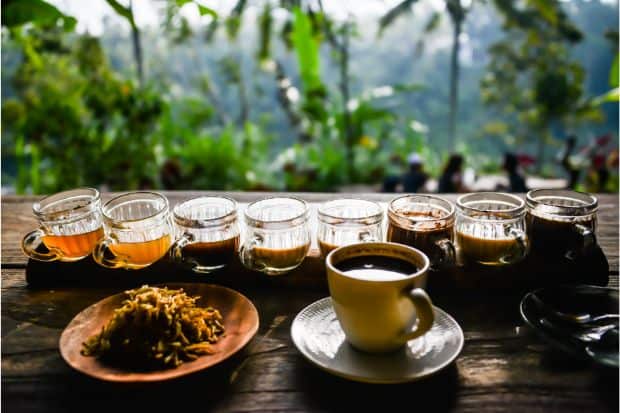
Kopi Luwak is extremely rare and can be quite expensive, as it is produced in limited quantities.
Ethically-sourced Kopi Luwak is available and supports farmers who prioritize the well-being of the animals in their care.
Sustainability and Ethical Considerations
When it comes to exotic coffees, sustainability and ethical considerations are just as important as taste and aroma. Consumer choices have an impact on both the environment and the people involved in the coffee production process.
Try to find producers who prioritize environmental preservation and social responsibility. Many exotic coffee bean growers are adopting sustainable farming practices, such as shade-grown cultivation, which helps to maintain the natural ecosystem and protect local wildlife. Additionally, organic farming methods are gaining traction as a way to reduce the use of harmful chemicals that can affect both the environment and the health of farm workers.
Fair trade certification ensures that growers receive a fair price for their beans, thus improving their economic stability and contributing to the overall development of their communities. By supporting fair trade coffee, you can make a positive impact on the lives of those responsible for your coffee’s production.
Some notable programs that focus on sustainability and ethics in the exotic coffee market include:
- Rainforest Alliance: Promoting environmentally and socially responsible coffee production through certification and training.
- UTZ Certified: A program that partners with coffee producers to improve their agricultural practices, working conditions, and local community development.
- Direct Trade: A model where coffee importers work directly with growers, establishing a stronger relationship and better prices for farmers.
- Carbon Neutral Coffee: Producers working towards offsetting their carbon footprint in every aspect of coffee production and distribution, contributing to the global fight against climate change.
When seeking out exotic beans, it’s essential for consumers to consider the sustainability and ethical aspects of their choices. By supporting eco-friendly and socially responsible growers, you can help the premium coffee market be both an indulgence and a force for positive change in the world.
Where to Buy Exotic Coffee Beans
The following sellers provide a diverse variety of exotic beans and are worth considering:
- Online Specialty Shops: Many online stores specialize in exotic coffees. These shops, such as Bean Box, Atlas Coffee Club, and Coffee Bean Direct, often offer a wide selection, ensuring that there is a unique bean to suit every palate.
- Local Roasters: Local coffee roasters can be a great source of exotic beans, as they may have access to small-batch, high-quality beans that you won’t find in mainstream stores. Ask staff about their offerings and recommendations.

When purchasing exotic beans, consider the following factors to ensure the best possible experience:
| Factor | Consideration |
|---|---|
| Freshness | Always check the roast date of the beans, preferably within a month of the purchase. |
| Bean Origin | Learn about the country and region where the beans were grown for a better understanding of their unique qualities. |
| Roast Profile | Determine your preference for light, medium, or dark roasted beans, as this will greatly impact the final taste of your coffee. Light roast coffee will lay bare the bean's distinct characteristics, while dark roast will mask them. |
| Ethical Sourcing | Choose sellers and brands that prioritize ethical and sustainable sourcing practices. |
How to Brew Exotic Coffees
Grinding
Grinding the beans is a crucial step in creating a delicious cup of coffee. For exotic beans that come with a bigger price tag, you’ll get the most out of them by using a burr grinder, as it provides the consistent grind sizes needed for these beans.
The ideal grind size can vary depending on the brewing method:
- Coarse Grind: For methods like French press and cold brew.
- Medium Grind: Perfect for drip coffee makers and pour-over techniques.
- Fine Grind: Best for espresso machines, AeroPress and moka pot.
Remember to grind your beans just before brewing to ensure maximum freshness and flavor.
Brewing Methods
Several brewing methods can bring out the unique characteristics of exotic beans. Some popular methods include:
| Method | Description |
|---|---|
| AeroPress | A brewing device invented by Alan Adler that combines a plastic brewing cylinder with a plunger to extract coffee under slight pressure. |
| Pour-over | Place medium-ground beans in a filter cone, pour hot water over them, and allow the water to flow through the grounds into a container below. |
| Espresso | Using high pressure and finely ground beans, hot water is forced through the grounds to produce a concentrated, rich coffee. |
Experimenting with different brewing techniques allows one to discover which method does the best job of highlighting desirable flavors of the exotic beans.
Which Exotic Beans To Try First?
Trying new and different coffee beans can be exciting and delicious. We’ve given you plenty of options above, but if you want us to narrow it down for you to get started, here are four of the most exotic that you could try:
- St. Helena Coffee: This rare and exquisite coffee comes from the remote island of St. Helena, located in the South Atlantic. Its unique taste, characterized by notes of wine and fruit, is attributed to the island’s volcanic soil and isolated location.
- Yemen Mokha: Grown in the high-altitude terraces of Yemen, this coffee offers a complex, spicy flavor profile that dates back centuries. Its name is derived from the city of Mokha, which was once a key port for exporting the beans.
- Kopi Luwak: This Indonesian coffee is known for its unusual production process, whereby the beans are eaten and then expunged by a civet cat. The fermentation that occurs in the animal’s digestive system lends the coffee its sought-after smooth, chocolatey flavor.
- Jamaica Blue Mountain: Grown in the Blue Mountains of Jamaica, this coffee is praised for its vibrant acidity, smooth taste, and bright, fruity notes. Its rarity and reputation contribute to its status as one of the most expensive coffees in the world.
Remember to savor and enjoy each sip when indulging in these exotic coffee beans, as they provide a unique and memorable flavor experience unlike any other.

